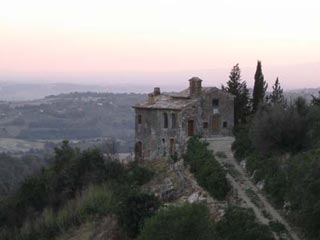origins
Whether they have religious identity rather than public or private one, historical significance implies a greater responsibility in preserving them.
evolution
Changed over time according to the owners’ still, more tha others categories, preserving their distinctive features.
spreading
Wide presence in the Sabine territory: isolated in the countryside, nestled on the slopes of the mountains or strategically positioned on rocks overlooking valleys
shapes
Massive, squared, transmitting steadiness; height development with openings functional first and then aesthetic.
structure
Characteristics belonged to the military architecture, from the feudal period. Wood and stone are the materials, enriched by craftsmanship over time
ornamental elements
Mosaics, sculptures and paintings with symbolic messages: from religious values to material desires
We can define “historical buildings” a category including two groups:
– religious buildings such as country parishes, churches, convents and abbeys. Transformations of intended use undergone over the centuries have seen most of them being deconsecrated and then becoming accommodation facilities (travelers hostels) or schools.
– public and private residences, of historical importance, such as ancient castles, mills or part of fortifications of inhabited centers.
A minority of these one have been transformed into welcoming homes over time; others continued performing civil functions such as former town halls, libraries, museums, military buildings, watchtowers or territory’s defense towers.










